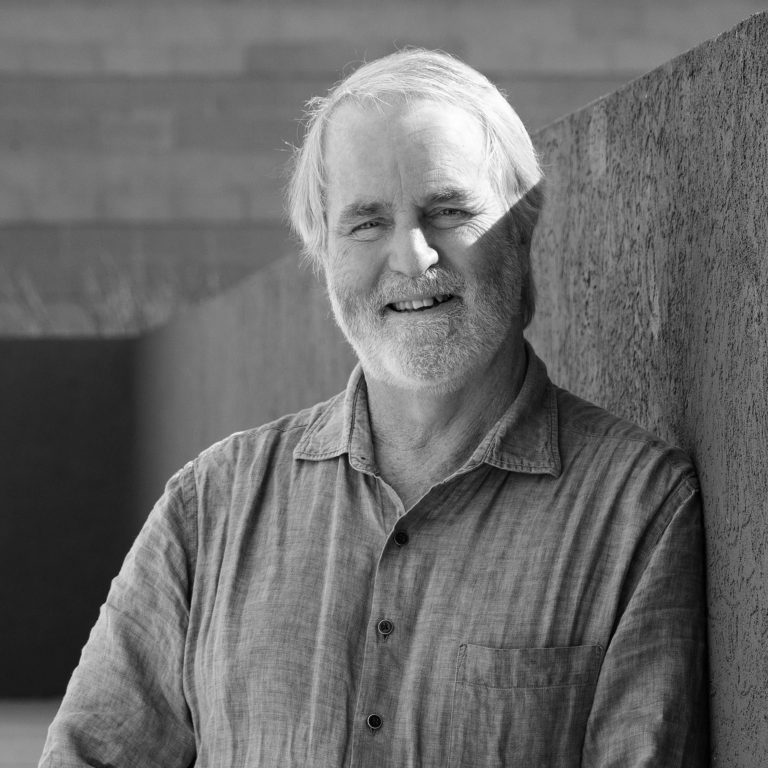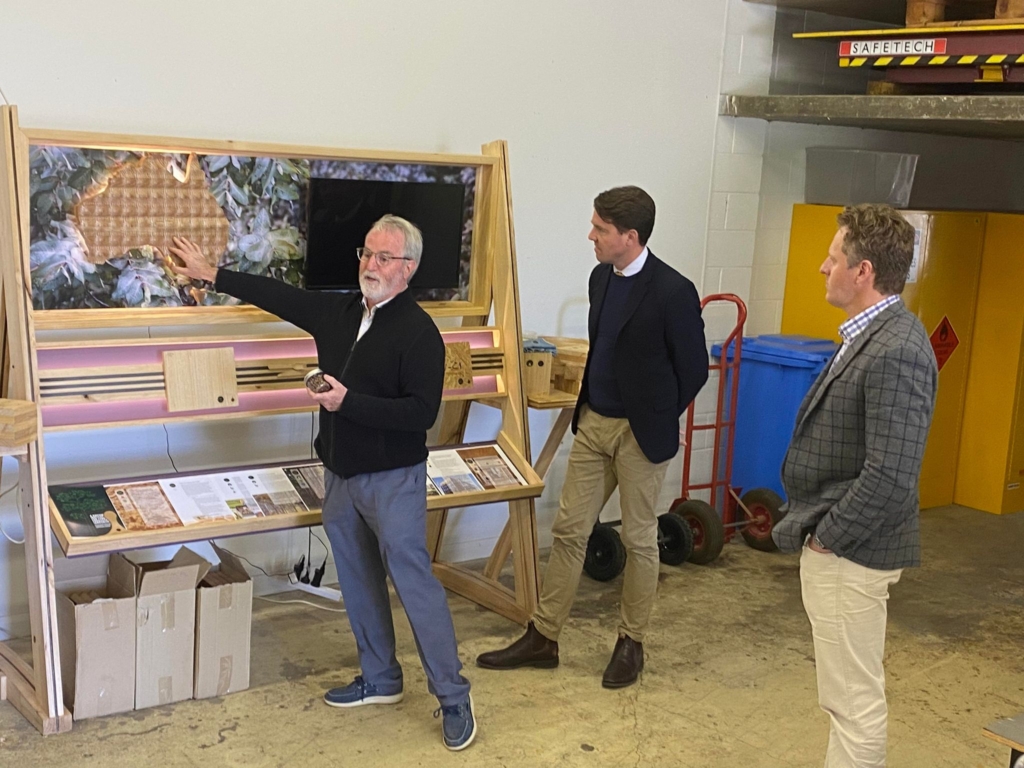10 Questions with… Professor Greg Nolan
What is your role at the University of Tasmania?
I am an architect and I lecture in building technology in the School of Architecture and Design. I am also Director of the School’s Centre for Sustainable Architecture with Wood (CSAW) and an active researcher in that Centre.
What initially drew you to working with wood?
A few things. While my architectural education didn’t include much on timber, I worked as a mediocre renovation carpenter during my university years and became interesting in the material. Then, when my family and I moved to Tasmania in the late 1980s, I was engaged in a project using timber components in the Huon Valley. Things progressed from there.
What do you enjoy most about your role?
I am active in both teaching and research and enjoy the diversity this mix of activity provides. The teaching exposes you to intelligent young people, while the research allows you to creatively explore problems. Both keep things interesting.
What challenges face the timber design industry?
The timber design industry faces enormous opportunities, and this generates challenges. Society is now realising that it needs to embrace a low carbon future, reduce its reliance on fossil fuels, and increase its use of renewable materials, particularly in the built environment. This is changing consumer preferences now and will continue to do so into the future. Currently, the timber design industry is facing a major capacity challenge. Interest in timber-rich buildings is growing but the skill base to deliver these buildings needs to expand.
In February, UTAS will offer its Australian Timber Design Workshop (ATDW). Who is this workshop targeted at?
The workshop is targeted at building design professions and industry members interested in timber-rich design and construction. It is structured to develop participant skills, confidence, and professional networks in a unique, hands-on event.
What can participants expect to learn during this workshop?
Participants can expect to learn and develop a first-hand understanding of the wood products suite’s potential and capacity in a built solution. They will also experience how these materials can go together as the event include a very active learning-by-making sessions. All participants will make and test something.
The Workshop is aligned with the Masters of Professional Engineering in Timber Design course—can you please provide an overview of this course?
The MProfEng (Timber Design) is the UTAS School of Engineering’s latest specialisation in its Master of Professional Engineering specialisation program.
Timber design engineers focus on all aspects of timber engineering from the design and erection of commercial and residential timber buildings to the processing and manufacture of their components, including engineered wood products. The MProfEng (Timber Design) is designed to develop in the student the knowledge and skills necessary to do this.
It is structured as a 3-years full time engineering course where holders of an existing Bachelor of Engineering would usually be given a one-year block credit. This shortens the degree to 2 years full time. In overview, the course has:
- 1st year is a foundation year required when the student’s background is not engineering/ maths/ physics. This general year that includes basic material, structures and math’s units for students without a Bachelor of Engineering degree or an equivalent combination of a degree and professional practice.
- 2nd year includes core timber and engineering-focused units. Some units are co-taught with BE(Hons) and Master of Architecture but will have differentiated teaching activities and assessment.
- 3rd year includes advanced master-level timber and engineering-focused units. It offers students a combination of specialist professional electives in timber design and manufacturing and a major timber industry focussed project. The major project (thesis) is undertaken across 2 semesters.
A selection of the advanced 2nd and 3rd year elective units can also be re-packaged to industry and the design profession as discrete skill sets or micro-credentialed offerings.
What does the future of timber design look like?
It will look very interesting. As Australia (and the world) moves towards a carbon-neutral economy, the importance of renewable and low carbon materials like timber is only going to grow, and we will be designing timber-rich buildings that were previously thought impossible.
















